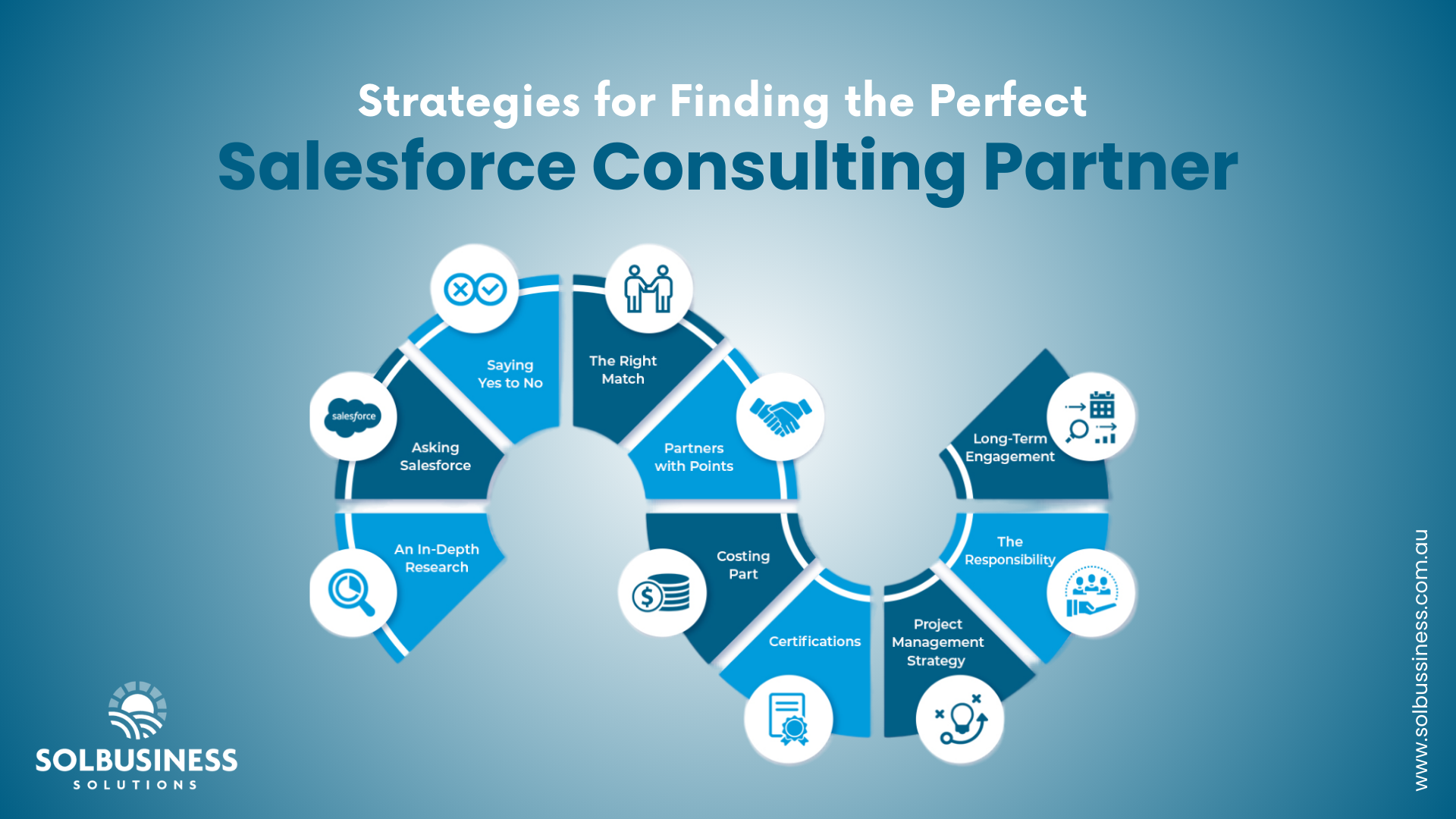Master Your CRM: The Ultimate Salesforce Health Plan for 2025
Salesforce Health Cloud has become an effective healthcare CRM platform, seamlessly integrating patient data while enhancing care team collaboration,...
4 min read
 Jimmy Pomella
:
Sep 27, 2024 4:12:03 PM
Jimmy Pomella
:
Sep 27, 2024 4:12:03 PM

Salesforce holds 23% of the market share. Companies globally believe in this CRM software, and its successful installation has improved sales outcomes by 37% and productivity by 44%.
Whether you are using Salesforce or unsure how to proceed, this guide provides insightful advice and best practices for every step, from installation to integration. We also learn about the benefits of regulated services, which guarantee expert assistance. There are various important steps to defining goals and objectives, organizing your team, establishing a budget, and choosing the right provider. Here is a step-by-step guide for successful Salesforce implementation:
Salesforce is a customer relationship management platform based on the cloud. It offers various solutions to help businesses manage revenues, marketing, customer service, and operations. This quality explains why the application is so popular, as its adaptability, scalability, and well-sized features serve businesses of all sizes across a wide range of industries.
Before starting the installation process, it's essential to prepare effectively. Proper planning will set a stable foundation for your Salesforce implementation and ensure a smoother transition.
1. Define Clear Objectives
Start by identifying what you need to reap with Salesforce. Consider the following questions:
By organizing clean goals, you could tailor Salesforce to fulfill your business needs efficiently.
A successful Salesforce implementation calls for a committed group. Key roles include:
Establish a realistic price range that includes expenses for:
By cautiously making plans for your budget, you could avoid unexpected expenses.
Choosing the certified salesforce partner is crucial for successful implementation. Seek partners with a track record of achieving targets, strong client references, and expertise in your industry. Assess their acquaintance with your company's objectives and capacity to provide continuing support. A genuine partner will guarantee a smooth integration, provide efficient training, and help you get the most out of your Salesforce budget.
Once you’ve organized your business for the implementation system, it’s time to proceed with the installation.
Step 1: Set Up Your Salesforce Account
Creating your Salesforce account is the first step in the installation process. Sign up for the selected edition, and ensure you have administrative access to control the account settings.
Step 2: Customize Salesforce to Fit Your Business Needs
Step 3: Data Migration
A crucial first step is moving records from your existing structures to Salesforce. Follow these excellent practices:
Step 4: Integration with Existing Systems
Salesforce integration will improve functionality and optimize workflows with your current platforms. Think about connecting with them via Salesforce APIs or other third-party integration tools:
Step 5: Configure Security Settings
Information security must be guaranteed. Set up the following parameters in Salesforce:
Training is important for successful Salesforce implementation. Properly skilled customers will be more confident using the platform, resulting in higher adoption rates.
Create a comprehensive training plan that covers the following:
Make use of the resources available inside the Salesforce ecosystem, which include:
For long-term fulfillment, continuous tracking and optimization are necessary after the installation is complete.
Regularly evaluate your KPIs to evaluate how effectively Salesforce is assembling your goals. This may want to include:
Ask for consumer feedback on a regular basis to identify areas for improvement and pain points. Promote candid dialogue to cultivate a continuous improvement approach.
Utilize insights from overall performance metrics and user feedback to optimize Salesforce strategies. This should contain:
As your employer becomes more cushty with Salesforce, don't forget to explore superior capabilities, which include:
By following this comprehensive manual, you can navigate the complexities of Salesforce installation and integration with self-belief. Each step is vital in achieving fulfillment, from defining clear goals and assembling the proper group to educating users and constantly optimizing techniques. Embrace Salesforce's energy and free up your business's overall ability today!

Salesforce Health Cloud has become an effective healthcare CRM platform, seamlessly integrating patient data while enhancing care team collaboration,...

Imagine a world in which every interaction with your clients is smooth, your sales team is always aware of the next excellent step, and your...

HubSpot integrations can supercharge your marketing, sales, and customer service efforts by connecting your tools and creating seamless workflows....

5 min read
The world is experiencing a massive technology shift. It is an ever-changing transformation and adoption of the digital working culture. Some...

5 min read
Salesforce is undoubtedly one of the most pleasant CRM systems for businesses. After all, CRM makes it possible to implement efficient work...

6 min read
The current generation has more data than any generation that preceded it. This data is extremely important for different business platforms in...